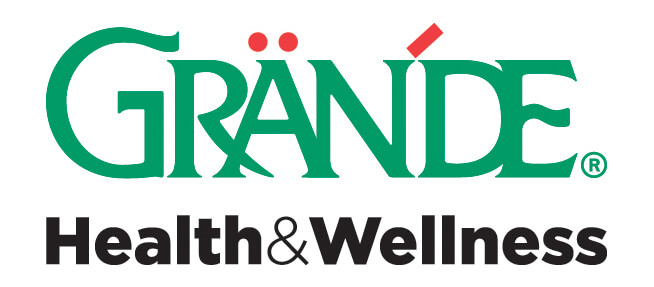What is osteoporosis and bone mass?
About 54 million Americans have either osteoporosis or low bone mass conditions that increases risk for bone fractures. Low bone mass is a “condition” where bones become thinner and less dense; it can lead to osteoporosis. Osteoporosis is the “disease” that makes bones weak and prone to fractures. Studies estimate that 1 in 2 women and 1 in 4 men age 50 and older will break a bone at some time due to osteoporosis.
All bones are affected by osteoporosis. The bones most likely to break are the hip, wrist, and spine. Breaking bones is a serious complication of osteoporosis which can cause pain that does not go away. Osteoporosis can also result in the loss of height because the bones of the spine break or collapse leading to a hunched or stooped appearance. When this happens, it can be hard to move around and day to day activities like climbing stairs, lifting or bending forward can be difficult.
What increases my chance of getting Osteoporosis?
There are a number of risk factors for osteoporosis. Risk factors beyond our control include:
- Gender: women develop osteoporosis more often than men
- Having a small thin body (under 127 lbs.)
- Having a family history of osteoporosis
- Being over 65 years old
- Being white or Asian decent
- Long term use of certain medications. Ask your healthcare professional if you are taking medications that put you at risk.
- Having an health condition such as rheumatoid arthritis, Type 1 diabetes, premature menopause
Risk factors we can control include:
- Smoking
- Drinking too much alcohol
- A diet low in dairy or other sources of calcium and vitamin D
- Not getting enough exercise.
Other symptoms that could signal osteoporosis include:
- Loss in height
- Developing a slumped or hunched posture
- Sudden onset of unexplained back pain
- Over age 45 or post-menopausal and you break a bone.
How do I prevent weak bones?
Building strong bones ideally starts in childhood, but it’s never too late to start. Bone loss happens more quickly after menopause and with aging but the following steps can to slow this loss.
1. Get enough calcium each day whether it’s through your diet or calcium supplement.
- Children age 9 to 18 years: 1300 mg per day.
- Women under age 50: 1000 mg per day
- Women age 50 and older: 1200 mg per day
- Men under age 71: 1000 mg per day
- Men age 71 and older: 1200 mg per day
2. Get enough vitamin D each day. Vitamin D helps your body absorb calcium. While vitamin D is produced in your skin by sunlight, most of us cannot get enough vitamin D this way. In addition, too much sun can be harmful. To get enough vitamin D, most people need a supplement.
- Adults under the age of 50 need 400-800 IU vitamin D daily.
- Adults age 50 and older need 800-1000 IU vitamin D daily. .
3. Eat a variety of foods including plenty of fruits and vegetables, lean meats, and fish.
4. Keep alcohol to a minimum. NO more than 1 drinks per day if you are a woman.
5. Do weight bearing and muscle strengthening exercises like walking, hiking, yoga and more.
6. Don’t smoke
7. Improve your balance and prevent falls by keeping your home free of clutter, removing throw rugs and installing grab bars in shower or bath.
8. Talk to your healthcare provider about osteoporosis and work together to create a plan that protects your bones.
Can I be screened for osteoporosis?
Tests are available to evaluate your bone density called a dexascan. In addition, there are screening tools to help predict your risk for low bone mass or fracture. Bone density testing typically begins at age 65 years. However, if you are younger than 65 years and have risk factors for osteoporosis, you may need screening sooner; talk to your healthcare provider.
References
Office on Womens Health, U.S. Department of Health and Human Services, http://www.womenshealth.gov.
National Osteoporosis Foundation, http://nof.org
